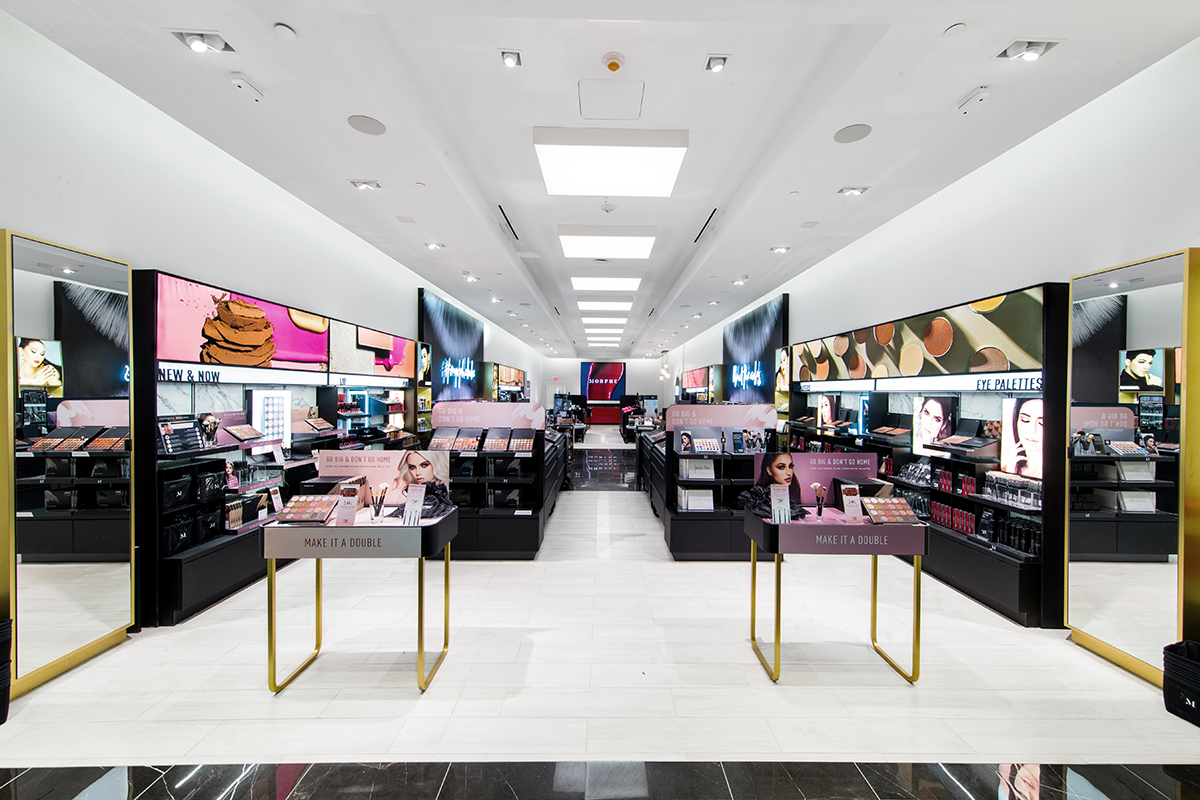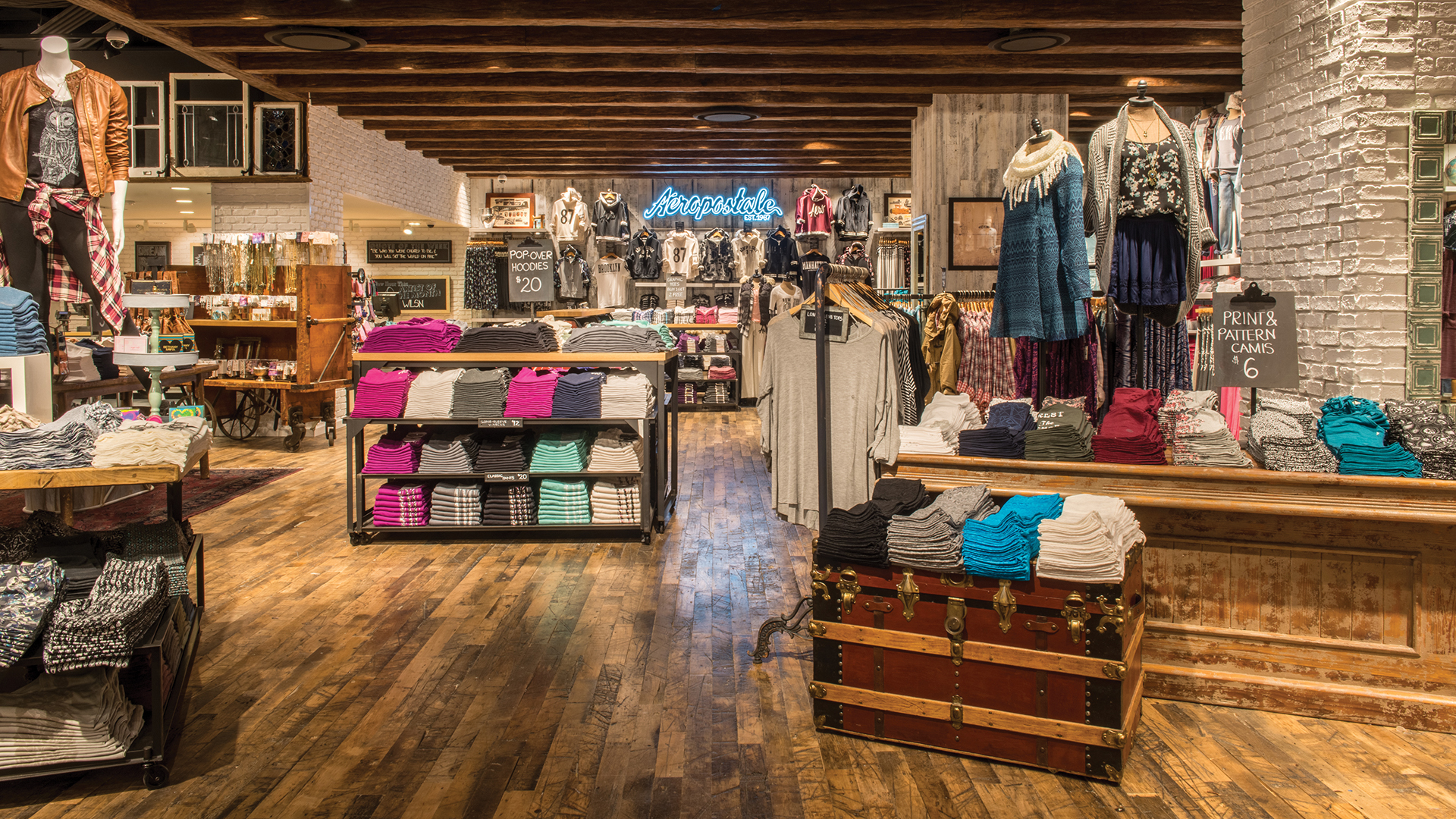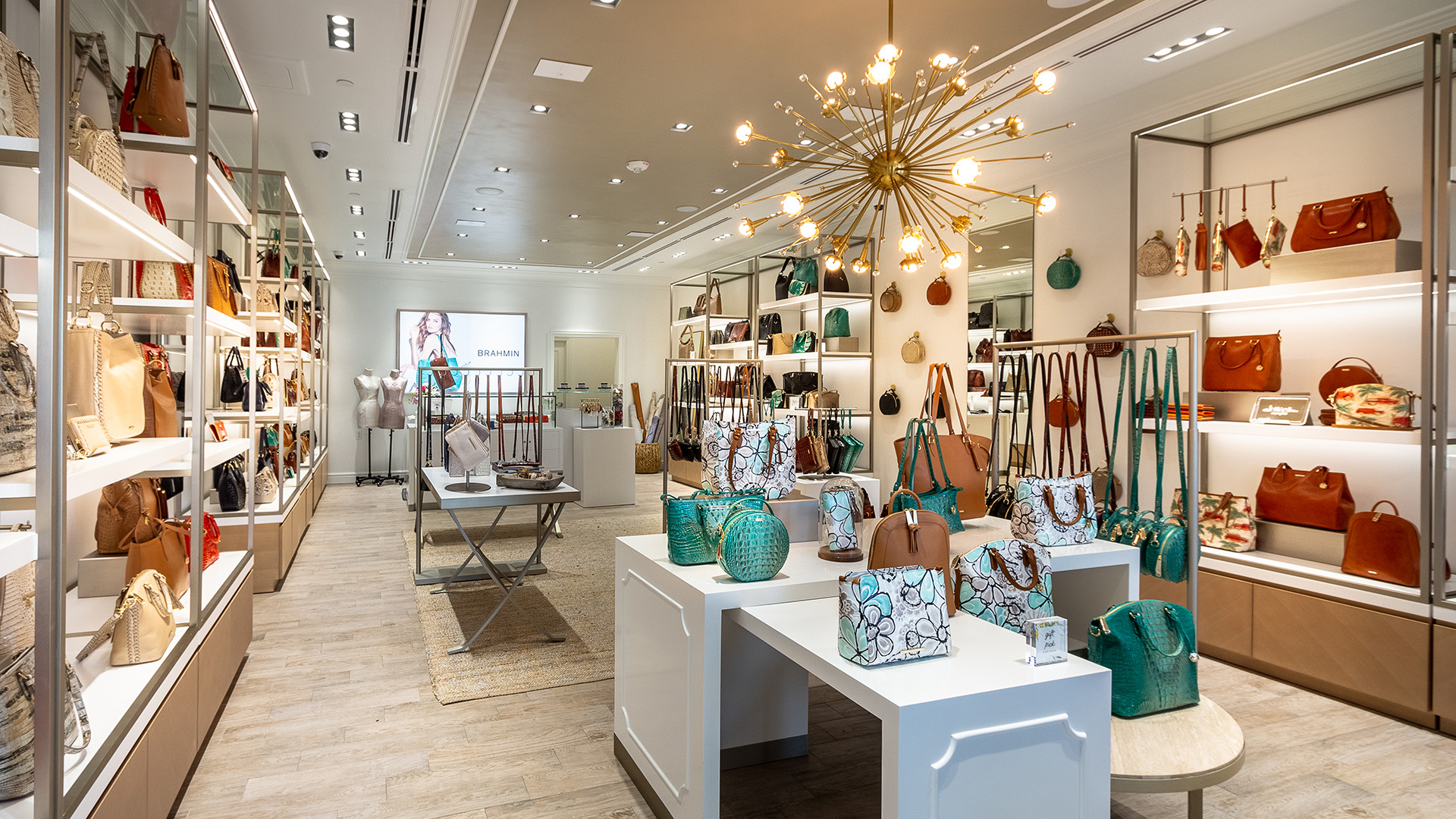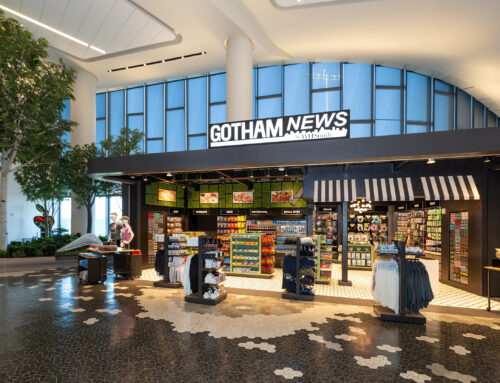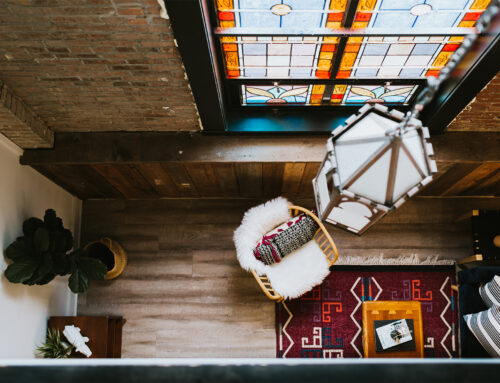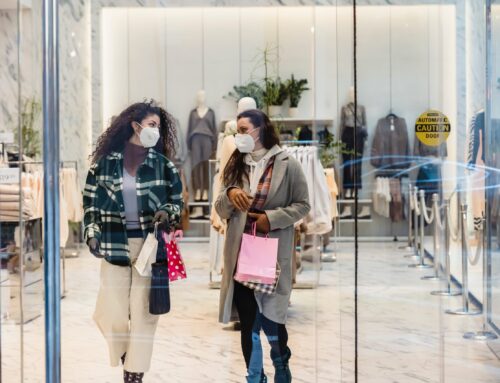It’s been almost 25 years since Paco Underhill’s studies on human behavior in shopping changed how we devise retail design strategies. His famously coined concepts, like the Invariant Right, the theory that American shoppers tend to stick to the right side when entering a store, have inspired store owners and retail architects to cater their designs to these observable human behaviors ever since.
But where are we today? Has human behavior changed? Not entirely. The same behaviors witnessed in Underhill’s video experiments a quarter of a century ago are still observed today. The better question would be: what behaviors have emerged since then that should be considered in addition?
The most glaring answer would be the behaviors spawned by the impact of technology on shopping habits. With shoppers increasingly turning to online sources for their purchases, what keeps those who are making the trip to physical stores coming? One frequently discussed benefit brick and mortar stores have over their digital counterparts is the opportunity to create an experience rather than just a transaction.
In this following mental exercise, follow along in your imagination as we tour one interpretation (though there are endless possibilities) of how Underhill’s tenets of human behavior could be combined with a more contemporary, experiential retail store design:
Decompression Zone + An Invitation
Following Underhill’s guiding principle of the Decompression Zone, an area of transition where customers will ignore merchandise as they slow their pace from traveling to browsing, our hypothetical store begins with a display of “it” items located just outside this zone (5’ – 15’ from the entrance). Trending items, featured sales, limited editions, and new releases would be set to catch the eye of the potential customer and invite them in to take part in the shopping experience.
The Invariant Right + The Right Atmosphere
Once the consumer is inside the store, the experience begins. Immediately to the right would be staple and popular items to draw the shopper further in at their own pace. The aisles are wide enough for comfortable shopping and displays are not over-filled nor unapproachable. The space is well lit, and the atmosphere reflects the identity and style of the brand it represents. The brand feels honest, grounded, and welcoming.
The Contact Factor + Product Transparency
Single item break-out sections, such as a jean wall or t-shirt wall, tell a more in-depth story about a specific piece of merchandise and allows room for insight into item’s creation and backstory. This focused interaction plays upon the Contact Factor theory, in which a shopper is more likely to buy an item they can view in detail, and appeals to the contemporary customer who highly values knowing the source, history, and ethics of their purchases.
Petting + Trial Stations
Inspired by Underhill’s theory of petting, that customers like to touch and feel the merchandise, stations that encourage testing and interacting with potential purchases are mixed between more traditional product displays. Displays throughout the store are grouped by color or texture to encourage interaction with individual items while promoting a satisfying aesthetic. Seasonal displays that change frequently and offer the most relevant merchandise for the time of year offer a different experience each time a customer visits.
Impulsivity + Convenience
To keep customers moving back through the store, ‘destination’ items and the cashwrap are near the rear. This end goal encourages customers to shop through the store, experience the different environments and offerings of each section, and potentially make additional purchases. Last-Minute Picks are located on small table clusters or endcaps near the registers. Easy, grab and go items that appeal to the impulsivity in us are the last step in this store’s adventure.
While many warn of an imminent retail doomsday, an apocalypse of all brick and mortar stores brought on by the terror that is mobile internet, I suggest instead the stage we are witnessing is a retail metamorphosis. One that, should changes in shopper behavior be considered and implemented into future design strategy, will result in a more connected, more satisfying retail experience.

Author
Rozlynn Roman
Project Manager
